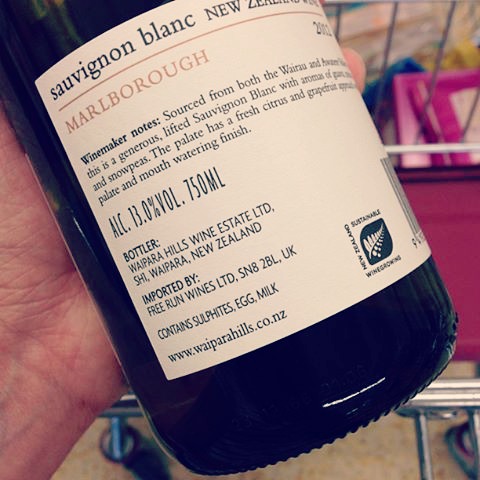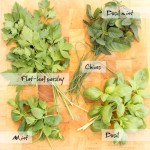As I was pottering around the supermarket yesterday, filling my trolley with back-to-school lunchbox goodies, I accidentally found myself in the wine aisle. It’s true.
Remembering a delicious New Zealand wine a friend shared on our last camping trip, I decided to go see if I could find it. Hoping sight of the label would jog my memory.
“Think of it as a summer holiday survival gift,” I told myself.
Turning the bottle round for more information…
CONTAINS SULPHITES, EGG, MILK.
There is egg and milk in my wine?!
Never one to miss an Instagram opportunity, I took a quick pic before realising this was not the wine I was looking for and promptly set it back on the shelf.
Back home, and curiosity got the better of me, so I asked my dear friend, Mr. Google, for his thoughts on this.
Finings are substances that are usually added at or near the completion of the processing of brewing wine, beer, and various nonalcoholic juice beverages. Their purpose is for removal of organic compounds; to either improve clarity or adjust flavor/aroma. Specifically, the removed compounds may be sulfides, proteins, polyphenols, benzenoids, or copper ions. Unless they form a stable bottom sediment in the final container, the spent finings are usually discarded from the beverage along with the target compounds that they capture.
Historically, various substances such as egg whites, blood, milk, fish swim bladder derivatives, and Irish moss have been used as finings. These are still used by some producers, but more modern substances have also been introduced and are more widely used…
Ewwww.
Depending on your favourite vintage, you may or may not see this labelling on your favourite wine.
“COMMISSION REGULATION (EU) No 579/2012 of 29 June 2012 will now require the labelling of wine to indicate the use of egg and milk ingredients as fining agents in the production of wine placed on the EU market or labelled after 30 June 2012, if these materials are found still to be present, using agreed analytical methods. Previously, these ingredients were given temporary exemptions subject to a dossier to support permanent exemptions being submitted by the Wine industry.
Or, in other words…
All wine produced prior to the 2012 harvest is still covered by the previous exemption if placed on the EU market or labelled before 30 June 2012. However, all wine produced from the 2012 and subsequent harvests of grapes that have used eggs and milk as fining agents and where these materials are still detectable in the wine will have to declare this on the labels.”
Geez, it’s enough to drive you to drink!
Anyhoo, aren’t you glad it’s back-to-school week? There was an entire chemistry lesson right there for ya!
I hope your day has been going well so far. Whatcha up to on this lovely Thursday?
~ Natalie

 Freezing Fresh Herbs For Dinner {and Cocktails!}
Freezing Fresh Herbs For Dinner {and Cocktails!}






I love my wine!! This is interesting….